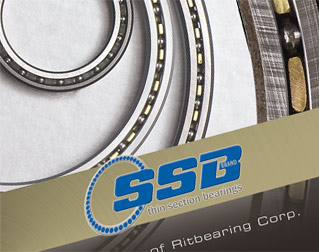A bad choice of lubrication can even make the best parts go bad. How? Incorrect lubrication can lead to serious issues like overheating and excessive wear, both of which can lead to bearing failure. Not only can these problems force you to repair each affected part, it can lead to additional costs related to downtime and repair. Fortunately, there are lubrication best practices for bearings that can help you ensure that your applications aren't negatively impacted.
How to Prevent the Use of the Wrong Bearing Lubricant
The first thing you'll want to do is to make sure you are using the right type and amount of lubricant for your specific bearings. It may seem obvious, but a simple misreading and misuse will lead to a lot of trouble in the future, especially for when you have to relubricate bearings in the future.
Of course, it's not always obvious which lubricant is the correct for for your parts. You'll also need to consider how much lubrication is necessary. Most fill rates sit between 25 and 35 percent of the available space in the bearing, but some parts may differ. Not sure where to start? Here are some common lubricants and their traditional applications.
Types of Bearing Lubrication
General grease (NLGI #2)
The most common lubricant for bearings.Standard bearings come with Polyrex EX grease. Greases are designed for a wide temperature range, which makes them a good option for motor applications.
Synthetic grease
A wide variety of these greases fit application parameters, including low torque requirements or extreme temperatures. These greases are a natural fit for aerospace applications.
Solid lubricants & oils
These options give you a way of carrying oils while releasing the proper amount over time. Solid lubricants are usable in many wash down applications. In addition, a variety of solid lubricants are FDA rated H1 or H2, making them great for food and beverage applications.
Graphite (dry or solid) lubricant
Graphite offers lubrication at higher temperatures than typical liquid and oil-based options. It's also ideal for extreme low torque considerations, such as high speed applications.
Specialized plating
Features the FENCR Process, in which a diffused layer of carbon rich iron nitride is applied to the bearings so that the product will not chip or spall. This is ideal for product that needs to be corrosion resistant, such as those in extreme moisture environments. Specialized plating is not FDA rated.
While there are many lubrication options you can choose from, it may be difficult to select the right one for your applications. If you aren't sure which lubrication is the best choice, the bearing experts at Slim Section Bearings can can help you narrow down your options. Contact SSB today to talk to our experts about your bearing needs.







